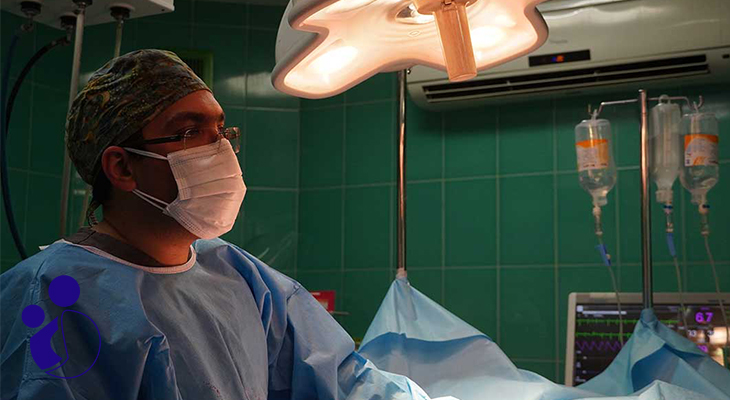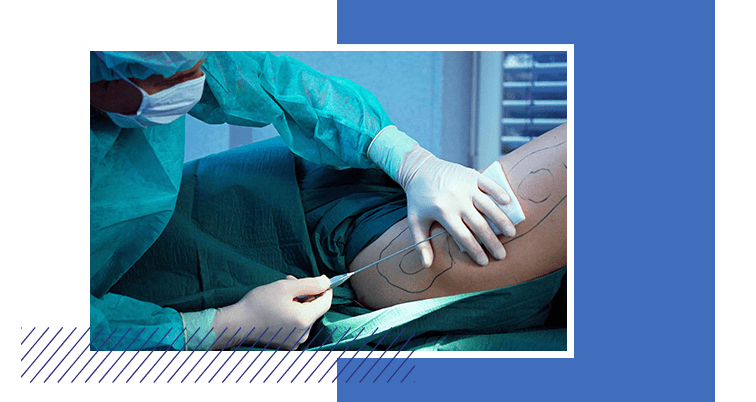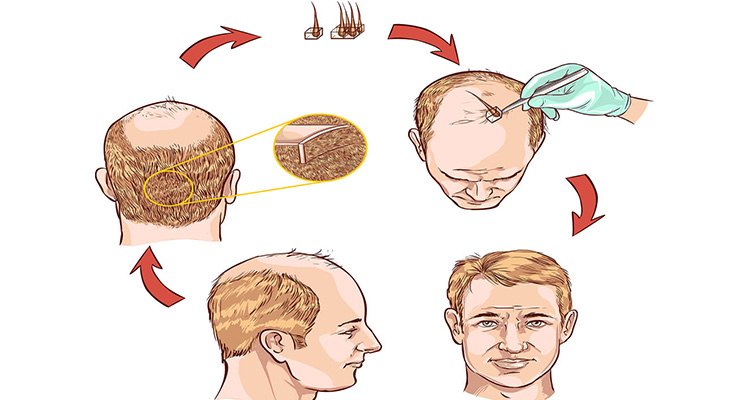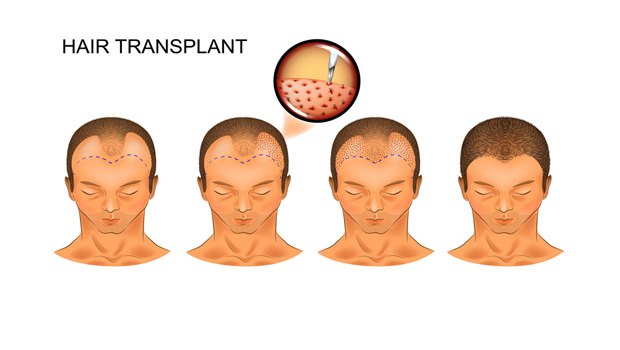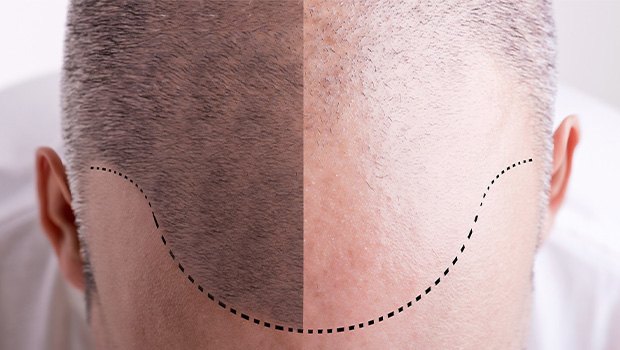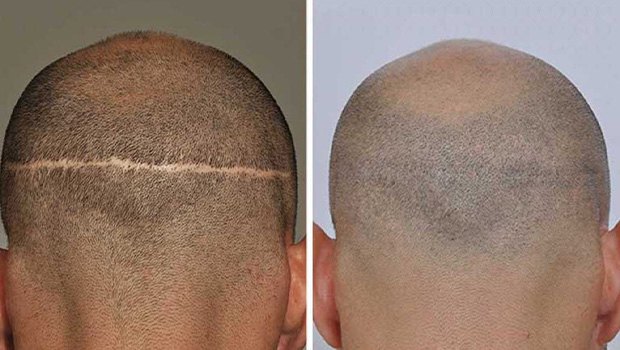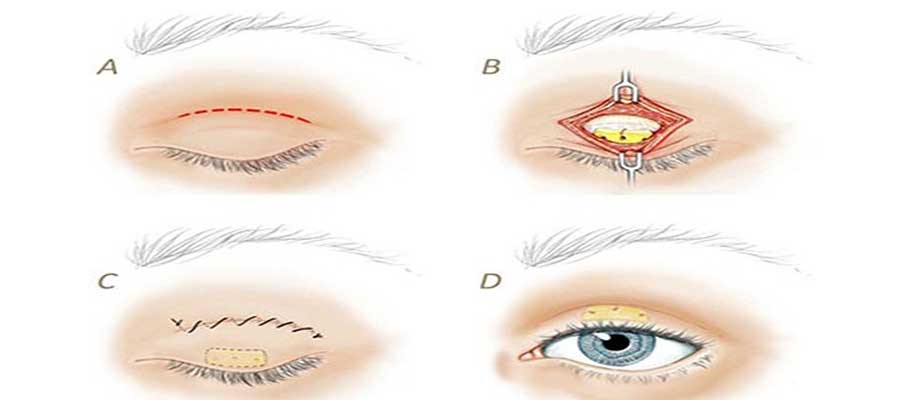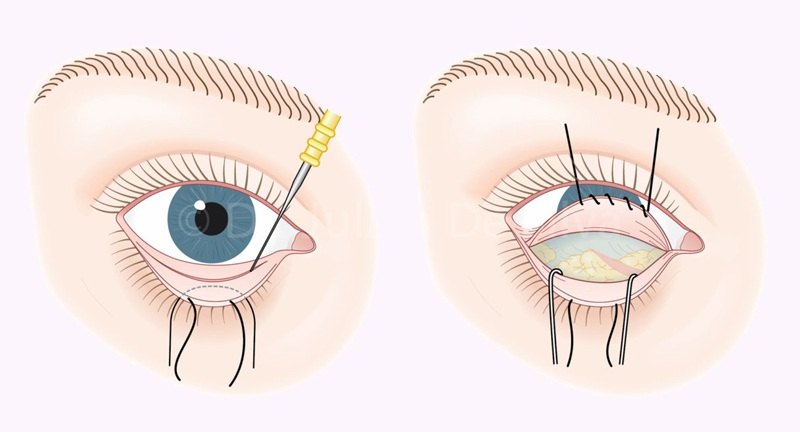LIPOSUCTION
liposuction in Iran
Another name for liposuction is body contouring; because it gives the body a better shape and appearance. this type of surgery is not used for weight loss, it will only give your body a better shape and appearance.
Everyone at any age wants to look beautiful and flawless. Having an ideal body and having a suitable weight is one of the things that can play an important role in the beauty of every person. Excess weight and fat accumulation in areas such as the abdomen and sides will definitely affect beauty. Usually, most people who are overweight are not able to reduce weight with a proper diet; because they got used to the wrong diet or did not see a positive result.
It is in these situations that medical treatment with the best equipment is the right solution to help these people. If a person has all the conditions from the doctor’s point of view, he/she can achieve his/her ideal body with different sculpting methods. Liposuction in Iran is a type of sculpting that you can do to get the body you want.
IN which parts of the body is liposuction used?
- Belly (Abdomen)
- Arms
- Hip
- Legs
- Ankle
- Waist
- Thigh
- Chin and neck
As long as you keep your weight stable after the operation, the changes made with operation will also remain constant.
These cases cannot be solved with liposuction:
Liposuction cannot be a substitute for exercising and dieting, if you do this operation, you should pay attention to your diet and daily exercise so that your body remains in the desired shape after the operation.
Also, keep in mind that this cosmetic procedure is not a way to remove skin cellulite and sagging skin will not be treated by performing this type of body contouring.
The price of liposuction in Iran
The price and costs of the operation in Iran depend on various factors that can determine the price. For example, the:
- Tests that are taken from the patient before and after the operation.
- Medicines that you should use during and after the operation.
- Depending on the experience of the doctor and the type of clinic you choose.
- The length of time you need to perform procedures during this type of cosmetic surgery.
In order to know the exact price, you should send us your medical documents and contact Maryam Hospital so that the physician can inform you about the payments.
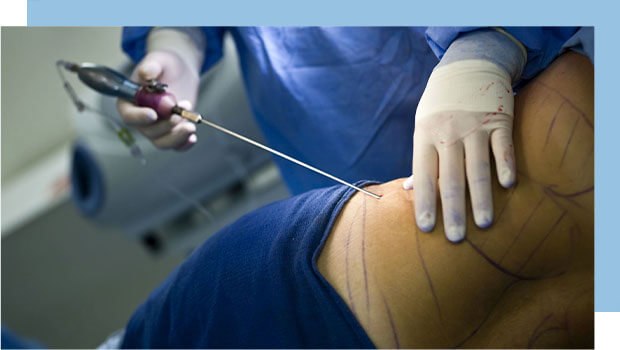
Preparation before liposuction
Before surgery in Iran, you should discuss your expectations with the surgeon. Your medical history is taken into account so that you do not have any complications during or after surgery. You are advised not to take blood thinners for at least three weeks before surgery.
Sometimes you may need to do special tests for further investigation. Women may also be asked to stop taking birth control pills. If there is another point, the doctor will share with you.
Depending on which parts of the body are operated on, the type of anesthesia will be different for each person. If different parts are being operated on, the doctor may recommend that the patient be put under general anesthesia. This procedure takes about 1 to 4 hours. If liposuction is performed only in the lower parts of the body, epidural is used for the pain relief of the patient. Sometimes, small areas of the body are operated on, and only local anesthesia will be used for pain relief. Before performing any procedure, the doctor marks lines on the body and a photo is taken of the patient before the surgery so that comparison can be made after the surgery.
After liposuction surgery
Those who have received general anesthesia will usually need an overnight stay in the hospital. However, people who have received local anesthesia can go home the same day. A suitable bandage is used for the patient in the area where the surgery was performed. Immediately after the operation, the patient will be prescribed antibiotics to prevent infection. By prescribing painkillers, pain and inflammation caused by the operation are controlled. The patient may see bruises after the operation, which is nothing to worry about; it will disappear after a while. The anesthesia of the patient will be removed at last 6 hours after the surgery.
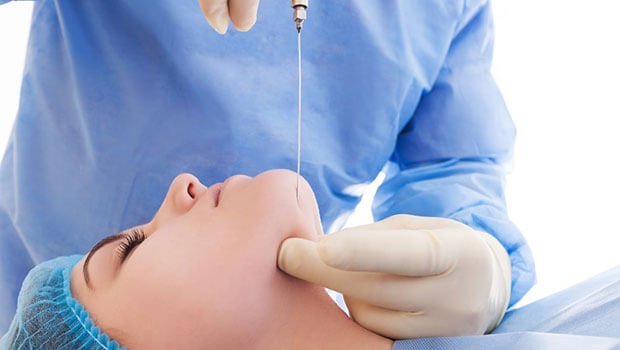
Risks of liposuction
This type of cosmetic procedure may have complications like other surgical procedures, which include the following:
- severe bruising
- inflammation
- Thrombophlebitis
- numbness (temporary)
- Infections
- Perforation of internal organs (in rare cases)
- Kidney or heart problems
- Pulmonary embolism
- Skin burns
If you choose your clinic and doctor carefully, possible complications after the operation will be minimized. This cosmetic procedure is performed in the Maryam Hospital with the best equipment and facilities in the well-equipped operating room for the clients, definitely when this cosmetic procedure is performed in the clinic, it does not have such facilities and this is the advantage of the cosmetic surgery clinic of the Maryam Hospital compared to other clinics.

